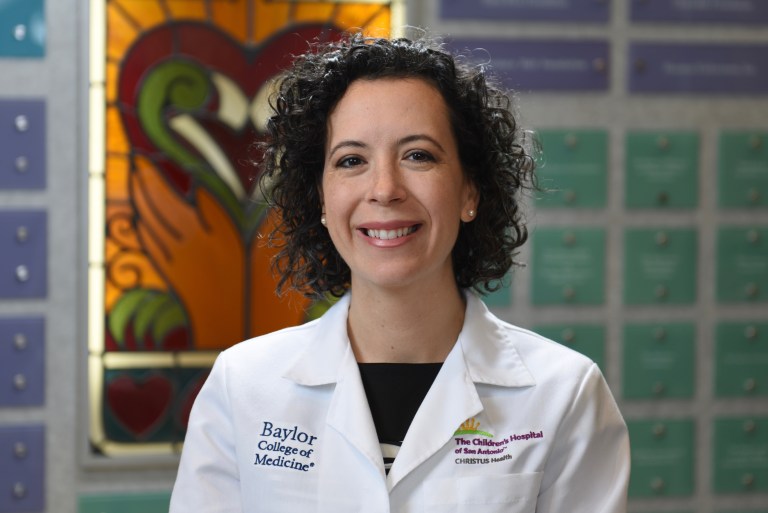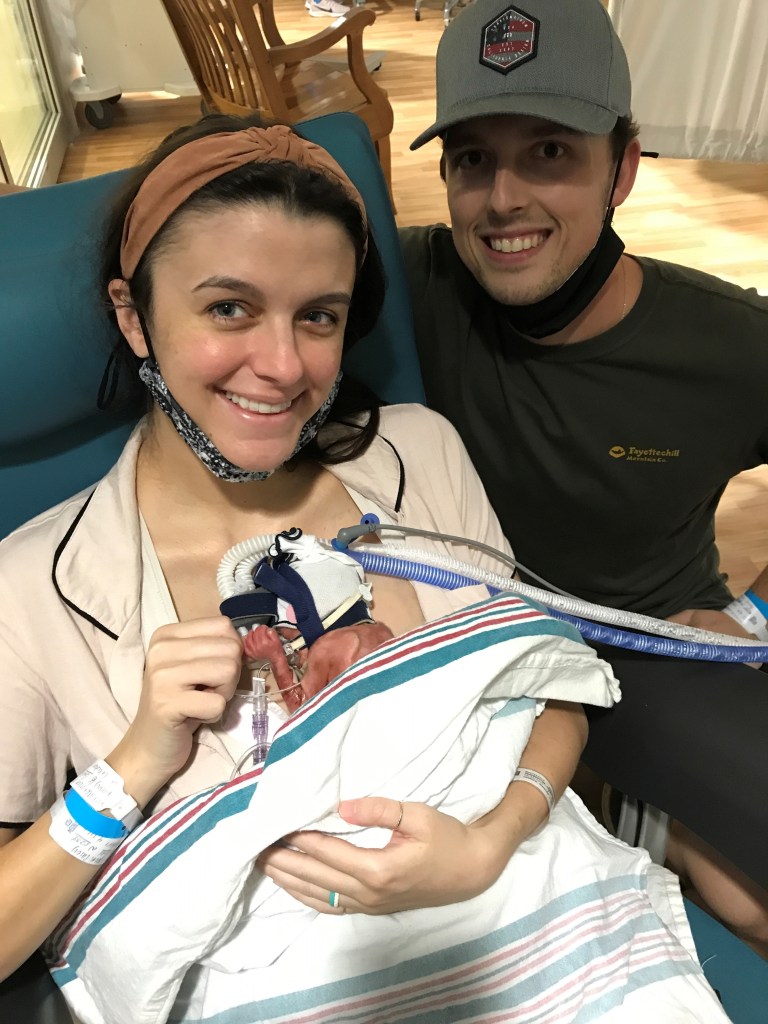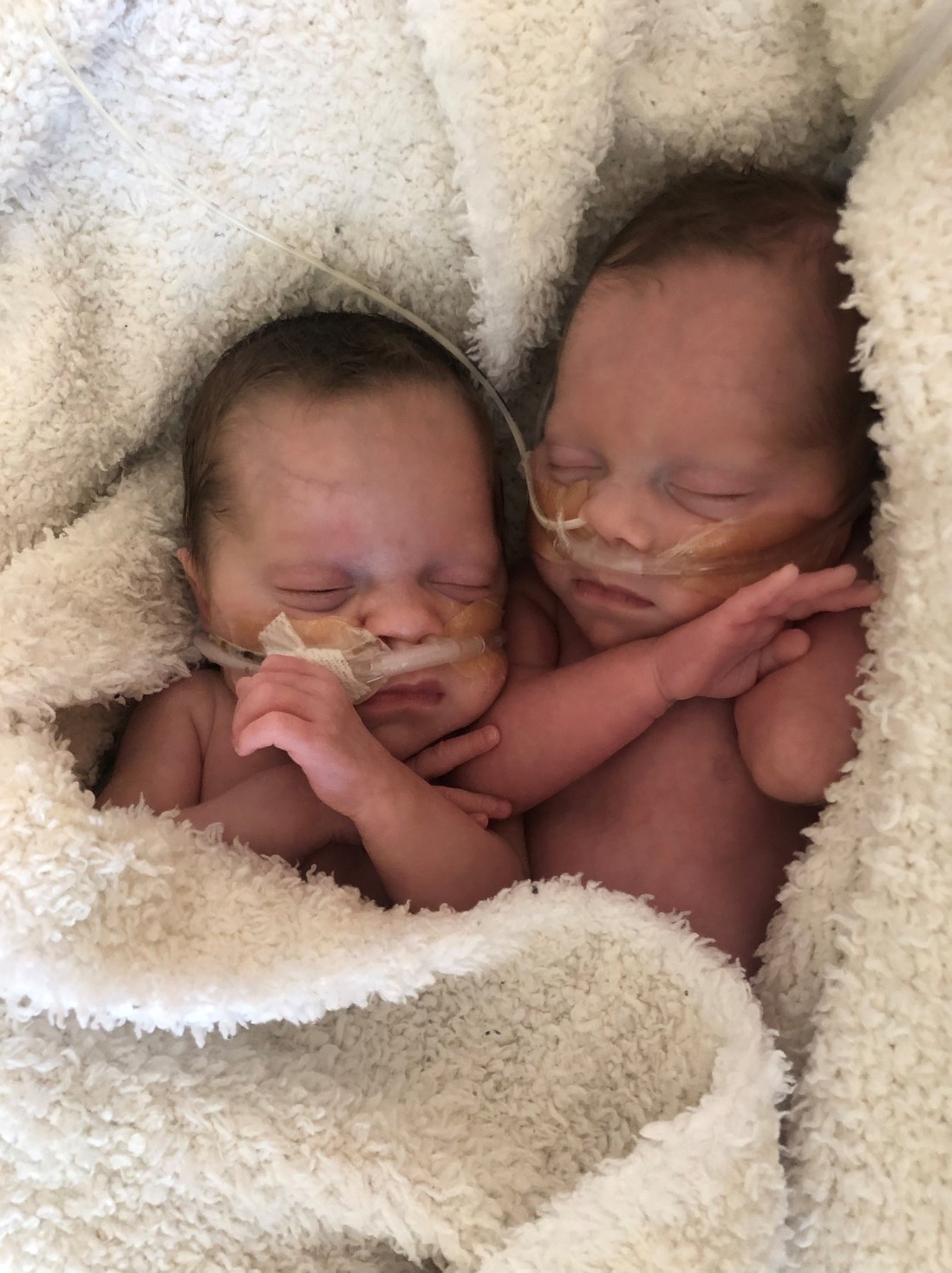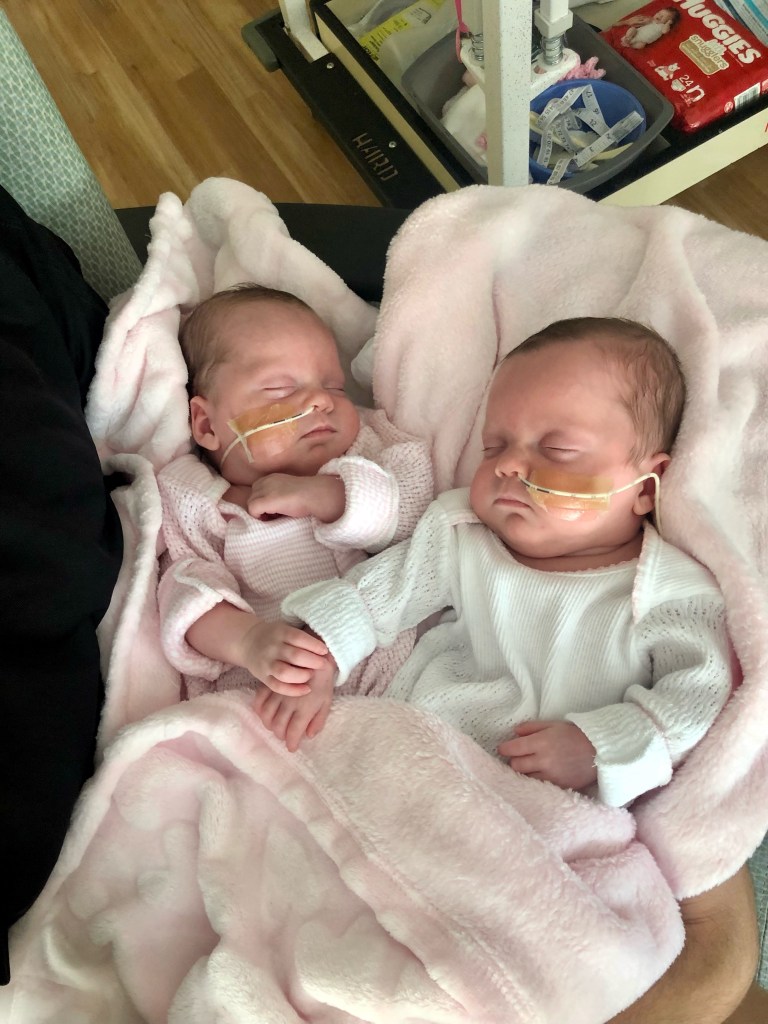Double The Love. Twice The Joy
Double The Love. Twice The Joy
Casey Vanderstoep was excited to be a first-time mom.
On the day of her first ultrasound, she went by herself. It was in the middle of the COVID-19 pandemic, so her husband, Peter, could not go with her. The ultrasound revealed something Casey could not believe. Instead of having one baby, she would be having two.
“We were in complete shock. You never think it’s going to happen to you, but it was happening to us, we were having twins,” recalls Casey.
Casey had what she described as an amazing first 20 weeks of pregnancy. Her only real complaint was that she was tired all the time. Otherwise, she continued being active, working out and doing projects around the house. She loved being pregnant.
Things changed quickly for Casey. One day she started leaking fluid. Assuming it was normal, she didn’t think much about it but ended up talking to an on-call doctor through her obstetrician’s office to give her peace of mind.
But that night, when she was only 20 weeks and two days pregnant, her water broke. She describes it as “bursting” in the middle of the night. There was water everywhere. So, Casey and Peter quickly packed up and headed to CHRISTUS Santa Rosa Hospital – New Braunfels.
Upon arrival, Casey was leaking an unbelievable amount of fluid. They immediately started an IV, and she was put on magnesium. If she was going to deliver the babies that night, they wanted Casey to have all the benefits of magnesium to protect the babies’ brains.
“The next day, my doctor came by. He told me that there was no evidence of any contractions and that I was not going into labor,” said Casey. “That was the good news. The bad news was that I needed to go on complete bed rest.”
Casey was admitted to the hospital and put on bedrest and magnesium from March 8 to March 23. Even though the magic number to transfer Casey to CHRISTUS Children's was 23 weeks, they decided to do so a little earlier. She was transferred via ambulance to Children’s when she was 22 weeks and four days along. After her arrival, her doctors gave her steroid shots to help the babies’ lungs.
Casey was transferred through the highly specialized pediatric and maternal emergency transport team at CHRISTUS Children’s. Their dedicated Maternal Transport Team has the ability to safely and quickly deliver care to pregnant women who are experiencing complications and are in need of a higher level of care, which is what Casey needed as the delivery of her babies’ was imminent.
When she got there, she was put under the care of Dr. Douglas Creedon. For a few days, things were moving along well. Casey was able to go outside in a wheelchair and had a short reprieve from the bedrest.
At about 24 and a half weeks, Casey was having painful contractions. Nurses hooked her up to monitors and started administering magnesium again. She also received a second dose of steroids for the babies’ lungs. She contracted on and off for about four to five days.
Casey was now 25 weeks and 2 days into her pregnancy. One of the babies was in distress and had a heart rate that kept dropping. Her physician, Dr. Jacqueline Battistelli, said it was game time. Instead of having a vaginal delivery, they prepared Casey for a C-section.

“This wasn’t my birth plan and it wasn’t at all how I imagined it,” said Casey. “But I felt really at peace with it. Of course, I was a little scared, but I also was calm. I just knew it was time, and I kept reminding myself that it was a miracle these babies made it this far. I had faith in God that everything was going to be OK.”
For several reasons, Casey ended up getting put to sleep for the procedure, and when she woke up, her first question to her husband who was sitting by her bedside was, “Are the babies alive?” Her husband confirmed that they had both made it.
Camryn and Chandler were born on April 11 both weighing exactly one pound and 10 ounces. They were immediately whisked away to the neonatal intensive care unit.
When Casey was still pregnant, Dr. Cody Henderson, a neonatologist, had told Casey and Peter there was a high chance that Chandler would need to be intubated at birth. When Casey’s water broke five weeks prior, little amniotic fluid surrounded Chandler and for the rest of her pregnancy. To their surprise, neither of the babies needed to be intubated. It was the best news Casey and her husband had received up until this point.
At first, Casey was apprehensive about seeing them.
“I knew they weren’t going to look like regular babies,” said Casey. “I was scared and anxious.”
When she did go meet her baby girls, she would reach into their isolates and just hold their little hands. In the NICU, Casey and Peter had the good fortune of meeting a nurse, Bailey, who they formed an instant connection with.
“She was an absolute godsend to us and was the one who encouraged me to hold my babies,” said Casey. “Camryn was actually just four days old and Bailey came over and asked me if I wanted to hold her. I didn’t even think it was possible at this point. But she said, ‘no, let’s do it. We’re going to make this happen.’ So she did and I got to hold Camyrn on day four and we did skin-to-skin and she was so small.”

Soon after they were born, doctors determined the identical twins both had a patent ductus arteriosus (PDA), an opening between two major blood vessels leading from the heart, affecting the blood flow to and from their lungs and other organs. They would need a procedure to correct the PDA, called a Piccolo procedure and a procedure that Children’s had a lot of experience doing which made Casey feel more at ease.
Casey and Peter met with the cardiologist, who explained the procedure. Both Casey and Peter were scared, but they knew Camryn and Chandler needed it.
The morning they were both scheduled for the procedure, Peter received a call from the doctor. Both girls’ PDAs had gotten smaller overnight, and neither of them would need the surgery after all. It was another miracle.

Today the babies are still at CHRISTUS Children's and both doing well. They are expected to go home this summer. Doctors have performed scans on the twins’ brains and have done eye exams. Neither baby has shown any signs of problems which is miraculous for babies born at 25 weeks.
Casey credits the team at Children’s for saving her babies’ lives.
“They are the reason my children are here. The care they give them every single day is unbelievable. I thank them from the bottom of my heart,” said Casey. “The hospital is home to us now. We know the people at the front desk and lots of the staff. These are probably the nicest people I’ve ever met.”
Until the babies are released to go home, Casey and Peter live at the Ronald McDonald House inside the hospital, which has proved itself to be a safe haven, allowing the Vandersteops to see Camryn and Chandler every day. Casey had volunteered at the Ronald McDonald House when she was in a sorority in college so things had come full circle now and she appreciated that there was a place she could stay and remain close to the babies.

“I can’t thank my husband, my entire family, friends and my coworkers enough. They were such a solid support system through all of this and have been doing everything they can do get me through this incredible journey,” said Casey. “In particular, I want to thank Dr. Battistelli, Dr. Creedon, Dr. Perikh, Dr. DeVries, Dr. Motta, Dr. Pierce, Dr. Mohan, and nurses Bailey, Rachel, and Kristen. This has been the hardest journey but so worth it. We have our girls, and it’s because of this wonderful team of caregivers.”
